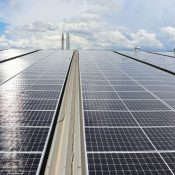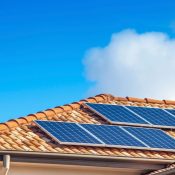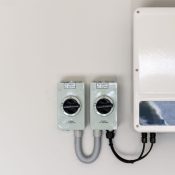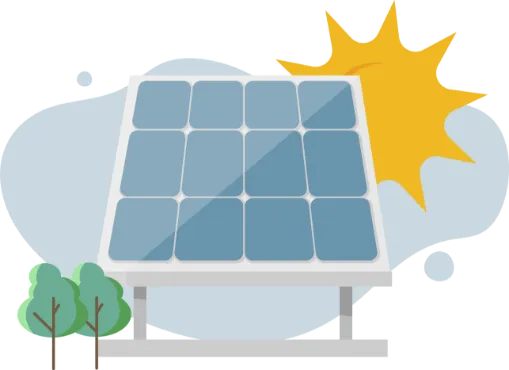Is 5kw Inverter Enough to Run a House?
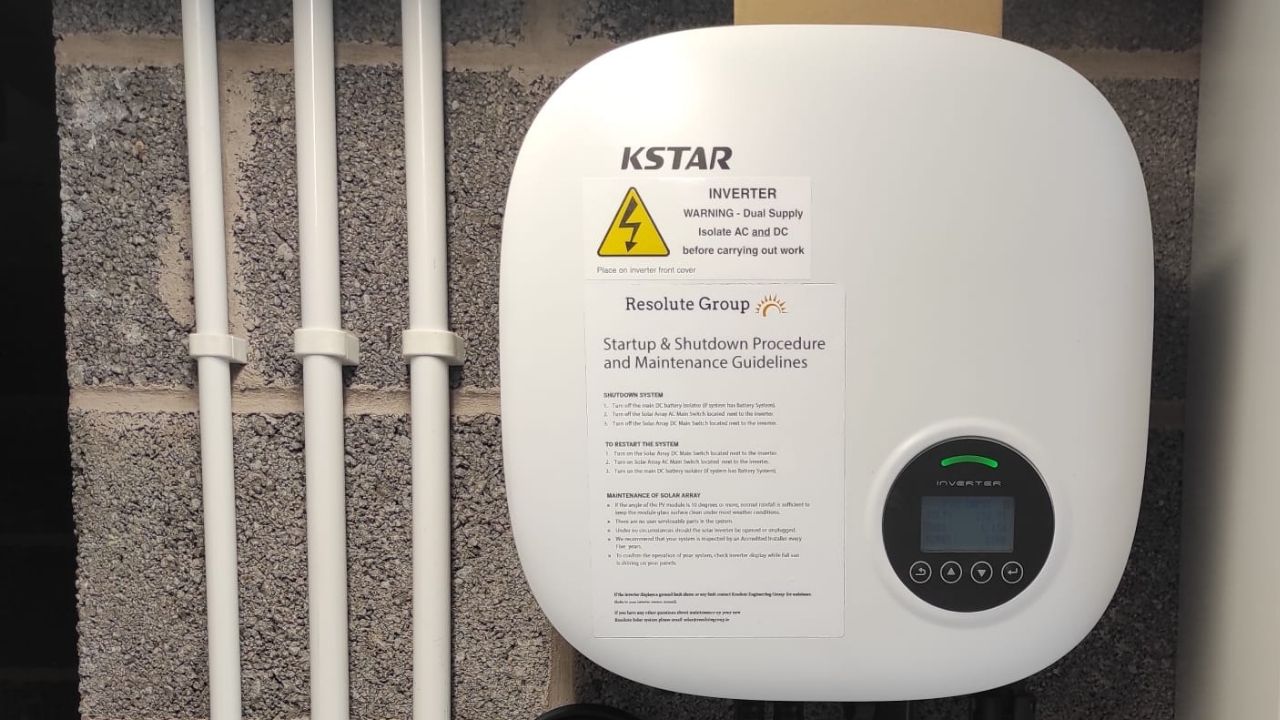
Are you thinking of installing solar panels on your roof to generate your own electricity and save money on your bills? Choosing the right inverter size is crucial for maximising this setup. An inverter transforms the direct current (DC) from solar panels into alternating current (AC), powering your home’s appliances.
A common choice for households is a 5kW inverter, capable of managing up to 5,000 watts. But is 5kW inverter enough to run a house? This depends on your energy consumption, solar system size, and usage times.
This post will guide you through calculating your energy requirements, understanding how a 5kW inverter functions, and its pros and cons, helping you decide if it’s suitable for your home.
So, without any further ado, let’s go!
How to Calculate Your Energy Needs?
The first step to determine if a 5 kW inverter is enough to run your house is to calculate how much energy you use on average. You can do this by looking at your electricity bills and finding out how many kilowatt-hours (kWh) you consume per month or per year. Alternatively, you can use an online calculator or a smart metre to measure your energy usage.
Once you have your total energy consumption, you need to divide it by the number of hours in a month or a year to get your average power demand. For example, if you use 600 kWh per month, your average power demand is 600 / (30 x 24) = 0.83 kW, or 830 watts. This means that you need at least 830 watts of power at any given time to run your house.
However, this is only an average figure, and your actual power demand may vary depending on the time of the day and the season. For instance, you may use more power in the evening when you turn on the lights, the TV, and the heating, or in the summer when you use the air conditioning.
To account for these variations, you need to estimate your peak power demand, which is the maximum amount of power you use at any given time. You can do this by adding up the wattage of all the appliances and devices that you use simultaneously at peak time. For example, if you use a fridge (200 watts), a washing machine (500 watts), a TV (100 watts), and a laptop (50 watts) at the same time, your peak power demand is 850 watts.
How a 5kW Inverter Works?
A 5kW inverter can handle up to 5,000 watts of power, which means it can supply enough electricity to run your house if your peak power demand is less than or equal to 5,000 watts. However, this does not mean that you can use 5,000 watts of power all the time. The actual amount of power you can use depends on the size of your solar system and the amount of sunlight available.
A solar system consists of solar panels and an inverter. The solar panels generate DC electricity from sunlight, and the inverter converts it into AC electricity that can be used by your appliances and devices. The size of your solar system is measured in kilowatts peak (kWp), which is the maximum amount of power it can produce under ideal conditions. For example, a 5kWp solar system can produce up to 5,000 watts of power when the sun is shining brightly and directly on the panels.
However, the actual power output of your solar system may vary depending on the weather, the season, the time of the day, and the orientation and angle of the panels. For instance, your solar system may produce less power on a cloudy day, in the winter, in the morning or evening, or if the panels are facing north or east. To estimate the average power output of your solar system, you can use an online calculator or a solar irradiance map that shows the amount of sunlight available in your area.
The power output of your solar system determines how much electricity you can use from your 5 kW inverter. If your solar system produces more power than you use, the excess power can be stored in a battery, exported to the grid, or diverted to other uses, such as heating water. If your solar system produces less power than you use, you can draw the extra power from the battery, the grid, or a backup generator.
Benefits and Drawbacks of a 5kW Inverter
Choosing a 5kW inverter for your solar system has some benefits and drawbacks that you should consider before making a decision. Here are some of the main pros and cons of a 5 kW inverter:
Benefits
- A 5kW inverter is suitable for most average-sized homes in Ireland, as it can cover the peak power demand of most appliances and devices.
- It is relatively affordable compared to larger inverters, as it costs between €1,000 and €2,000, depending on the brand and quality.
- It can help you save money on your electricity bills, as it allows you to use your own solar power instead of buying it from the grid. You can also earn money by exporting your excess power to the grid, as the Irish government offers a feed-in tariff of up to 9.5 cents per kWh for solar electricity.
- It can reduce your carbon footprint, as it enables you to use clean and renewable energy from the sun instead of fossil fuels.
Drawbacks
- A 5kW inverter may not be enough to run your house if your peak power demand is higher than 5,000 watts. For example, if you use an electric oven (2,000 watts), a kettle (1,500 watts), and a hairdryer (1,000 watts) at the same time, your peak power demand is 4,500 watts, which leaves only 500 watts for other appliances and devices. In this case, you may need a larger inverter or a backup power source.
- It may not be compatible with your solar system if your solar system is larger than 5 kWp. For example, if you have a 6kWp solar system, you may need a 6 kW inverter or two 3 kW inverters to match the power output of your solar system. Otherwise, you may waste some of the solar power that your panels generate.
- It may not be the most efficient option for your solar system, as it may not operate at its optimal capacity. For example, if your solar system produces only 3,000 watts of power at a certain time, your 5 kW inverter will only use 60% of its capacity, which may reduce its performance and lifespan.
Conclusion
A 5kW inverter is enough to run a house if your peak power demand is less than or equal to 5,000 watts and your solar system is around 5kWp. However, if your demands or systems exceed this capacity, you may need a larger inverter or a backup power source. A 5 kW inverter has some benefits and drawbacks that you should weigh before choosing it for your solar system.
For a customised solution fitting your specific energy needs, including installation and ongoing support, contact Going Solar. Let’s utilise solar power to enhance your savings and contribute to environmental sustainability.
Planning a switch to solar energy?
Contact Going Solar now and Get Free Advice & Quote Within Minutes!
Frequently Asked Questions
Contact Going Solar Now!
Joe Brennan
Founder @ Going Solar
Joe Brennan, the founder of Going Solar, is dedicated to making solar power mainstream in Ireland and meet SEAI objectives. With a focus on affordability and sustainability, he is bringing renewable energy solutions to homes, reducing costs & environmental impact.
Recent Posts

